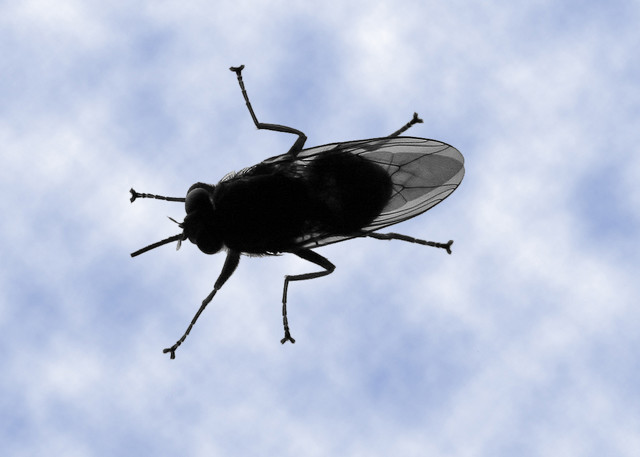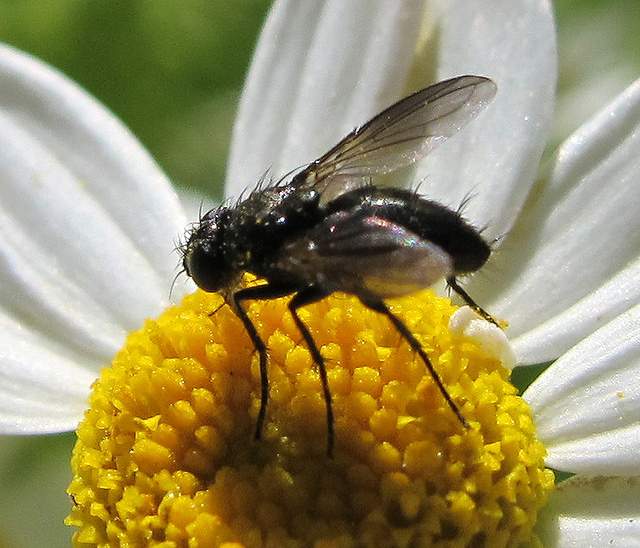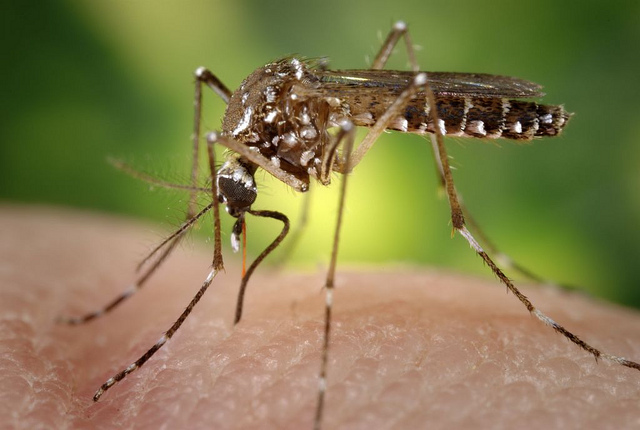Most travelers normally only have to deal with sunburns and hangovers when it comes to medical problems on the road, but there is a whole world out there of things that are far worse. Most of them are localized to certain regions that don’t receive a huge amount of holiday-makers anyway, but a few of them are far more widespread. There are hundreds of diseases that might put quite a damper on your trip, and here are five of the more interesting and famous ones that you really want to avoid.
[social]
Plague
That’s right, the plague. If you are anything like me you assumed the plague was eradicated not long after the Middle Ages, but evidently it’s still out there and travelers can get it. Both people and animals can contract plague from fleas that live on wild rodents, which is yet another compelling reason to stay away from wild rodents. Though not the most common, pneumonic plague is the most contagious since it can spread from person to person through droplets in the air.
Symptoms
Hypochondriacs beware because the symptoms are pretty common, including: fever, chills, headache, malaise, myalgia, nausea, and prostration, eventually leading to death unless treated promptly.
Where you can get it
Weirdly enough, more than half the world still has occasional cases, with Bubonic plague being the most common. Most of the Americas (including the United States), Africa, and Asia all have outbreaks at times, so head to Europe or Australia if you want to be safe, or just stay away from rat nests and such. The last thing you want to be known as is “that guy who really got the plague going again.” The good news is that it seems there have only been a few cases of the plague in the last decade or so.
>>book airfare to Australia and don’t forget about accommodation either
Dengue Fever
Dengue is a virus that is usually transmitted through bites from the Aedes aegypti mosquito, which really likes to feed on humans. It’s traced back to the late 18th Century, but there was a large outbreak in Southeast Asia that spread to tropical and subtropical areas around the world after that. Fortunately it’s rarely fatal. There is no vaccine available, so the best way to prevent it is to cover up and/or use insect repellent like DEET when you are in mosquito zones in the tropics.
Symptoms
You’ll start with fever, of course, as well as chills, constant headaches, bleeding from nose, mouth, or gums, severe dizziness, and loss of appetite. It usually only lasts a week or so, although a small percentage of people end up dying from it, so don’t just assume that bleeding from your nose, mouth, or gums will take care of itself.
Where you can get it
The World Health Organization estimates there may be 50 million Dengue infections worldwide each year, with almost a million of those occurring in the Americas, though those are mostly in the tropics of South America. Southeast Asia and the Western Pacific islands have the largest outbreaks. The number of regions it’s endemic to has actually been increasing in the last few years, so don’t ignore those warnings to apply DEET in those countries.
>>book a flight to Europe
African Sleeping Sickness
This one isn’t exactly what you might expect, since the symptoms involving fatigue and disrupted sleeping patterns don’t really start until you are well in its throws. It’s usually contracted by the bite of the honey bee-sized tsetse fly, which is usually quite painful in itself, so you’ll have some idea this might be happening to you. There have been three major outbreaks of African Sleeping Sickness over the centuries, plus an alarming mini-outbreak currently in Uganda, and there are currently an estimated 50,000 to 70,000 cases. If left untreated it’s fatal, so for god’s sake, see a doctor if the symptoms sound familiar.
Symptoms
Not too long after the painful sting you’ll have a headache, and then joint pains and fever. Weeks might go by and you’ll find yourself confused and unable to stay awake during the day, although you may have insomnia at night. You’ll probably also have intense pain and convulsions, so this one isn’t very subtle.
Where you can get it
Not too surprisingly, this one is confined to Sub-Saharan Africa, although it is present in 36 different countries. It’s mostly contracted in rural areas, and in fact far more cattle die from this every year than humans, so stay away from tsetse flies and the cows they love.
>>look for flights to Africa
River Blindness
Doctors and Latin majors usually call this Onchocerciasis, but that looks unpronounceable to me so I’m sticking with river blindness. This one is transmitted by the bite of a black fly, which deposits a parasite into your system, causing worms to spread throughout your body. When they die they cause severe itching and immune system difficulties, which can destroy nearby tissues, including in your eye, thus the blindness. On the plus side, the blindness usually takes years or even decades before it’s complete. Victims can get a dose of ivermectin about once a year (free from Merck & Co. since 1988), which keeps it from getting any worse, even though it doesn’t cure it.
Symptoms
According to the Centers for Disease Control and Prevention, river blindness “can result in a highly pruritic, papular dermatitis; subcutaneous nodules; lymphadenitis; and ocular lesions, which can progress to visual loss and blindness.” So watch out for that stuff, because it can occur months or even years after you become infected.
Where you can get it
River blindness is most common in the central part of Africa, and the flies that transmit it normally pick it up in rivers, so most victims usually contract it near rivers as well. There have been minor outbreaks in parts of Central America, and northern South America.
>>book airfare to Central America
Yellow Fever
This is a big one and is serious stuff for travelers to tropical regions. Yellow fever is estimated to cause at least 30,000 deaths each year, and probably many more than that since many cases go undiagnosed. At the risk of sounding really anti-mosquito here, this is another one caused by the bite of our buzzy flying friends. Around 200,000 cases are reported each year, with the fatal group usually dying in only about two weeks. Most people recover on their own, which is nice because there is no cure.
Symptoms
After an incubation of 3 to 6 days you can look forward to fever, muscle pain (with prominent backache), headache, shivers, loss of appetite, nausea and/or vomiting. Most recover in only a few days, but some enter a “toxic phase” where the symptoms get worse, and are accompanied by jaundice, which explains the yellow in the name.
Where you can get it
This is another one that is localized in the tropical regions of Africa and South America. You don’t have to worry when visiting urban areas, and West Africa is much more dangerous than East Africa or South America. There is a very effective vaccine, which is a requirement in order to visit many countries in these regions.
>>look for flights to South America
Read more about:
- Six Surefire Ways to Get Sick While Traveling
- Running While Traveling
- Health and Beauty Tips for Female Backpackers
Photo credits: Flea by Shnib Snuff on Flickr , Mosquito by o5com on Flickr , tsetse fly by DavidDennisPhotos.com on Flickr , black fly by crabchick on Flickr , Another mosquito by Sanofi Pasteur on Flickr




